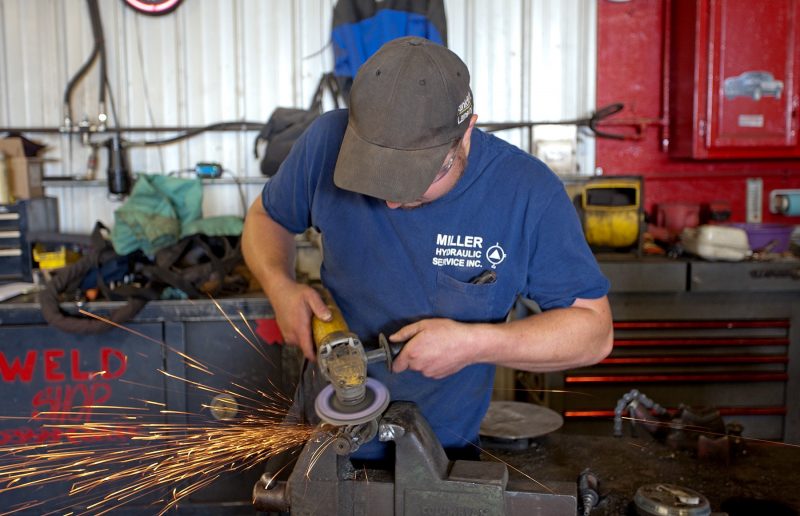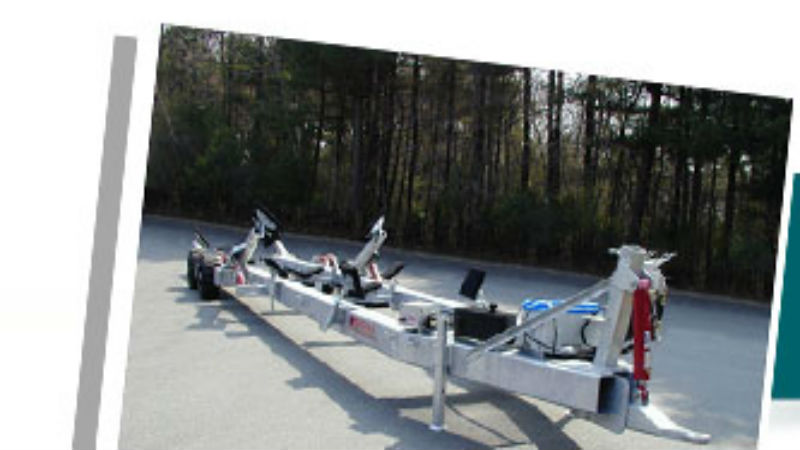Stainless steel passivation is the process of treating metal so that the surface is less chemically reactive. The surface of the material should ideally be “passive,” or less vulnerable to environmental damage from air, water and the elements. This helps to extend the lifespan of machinery and save clients a lot of time and money over the long term.
Cleaning and Polishing Metal
Essentially, stainless steel passivation is the process of placing metal components in a centrifugal barrel machine to thoroughly clean and polish the exterior, and then later coating it with a protective material to ensure it does not become damaged over time through environmental factors.
The latter portion of the procedure is done in a citric acid bath that successfully neutralizes the material and protects it from corrosion and damage. Operators then manually rinse and dry the parts. The temperature of the citric acid bath is examined closely, and the components only remain soaking in the acid for a pre-established amount of time.
The Neutralization Process
Once metal components have been placed in the citric acid bath, they are removed by the operators, who then neutralize them, rinse them, dry them, and ensure that they have been properly finished. This hands-on approach allows a lot of control for operators, who inspect each component separately to be certain that the results are satisfactory.
Stainless steel passivation results from a simple yet highly specific process that is guided by operators specifically trained in finishing, deburring, and other similar procedures. Passivation is one of the best methods to ensure that machinery will remain protected from corrosion, for a very long time, and even in the worst imaginable weather – which is why those in the industry highly favor it.
The reason that many stainless steel machines have short lifespans is because they have not been properly protected. Overreacting chemicals on the surface of a stainless steel surface can lead to quite a bit of damage, due to corrosion, weather, water, and the air. Stainless steel passivation helps to protect the metal from these kinds of damage, by protectively coating it.








